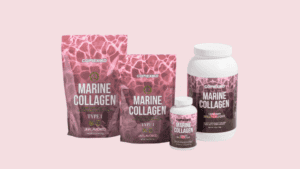Last Updated on April 30, 2025 by Packoi Team
D2C, or direct-to-consumer, is a modern business model that’s shaking up the way companies sell their products. Instead of relying on traditional retailers (or online retailers), D2C brands sell directly to customers.
Take Lululemon Athletica, for instance. In 2023, they made a whopping $8 billion in sales worldwide. These numbers show how powerful the D2C model is and how it’s shaking things up in the business world.
Our blog post helps you understand how this new business model is transforming consumer relationships and market dynamics. Read on.
What Does D2C( Direct-to-Consumer) Mean?
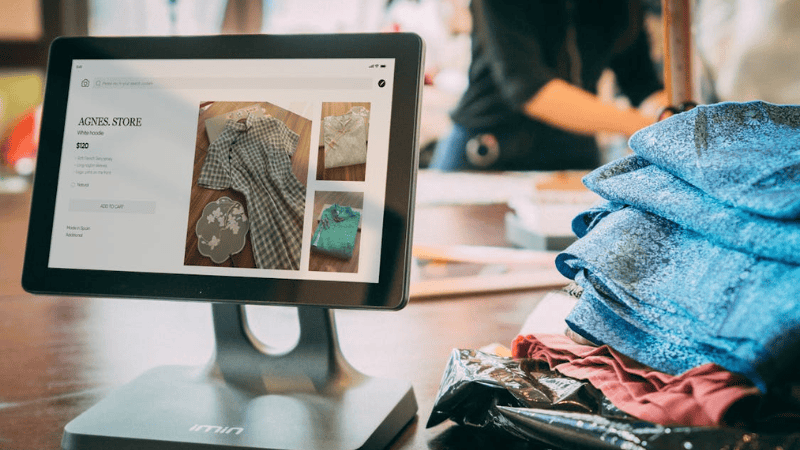
Direct-to-consumer, also known as DTC, means exactly what it says: cutting out the middlemen and selling products straight to customers. It’s about building direct relationships, understanding your customers better, and delivering what they want.
5 Benefits of the D2C Model
These are the perks of the new business model:
1. You Get to Know Your Customers
No intermediaries. It’s just you and your loyal customers. D2C gives you direct access to your customer’s insights. This means you don’t have to guess their preferences or rely on third-party retailers for this information.
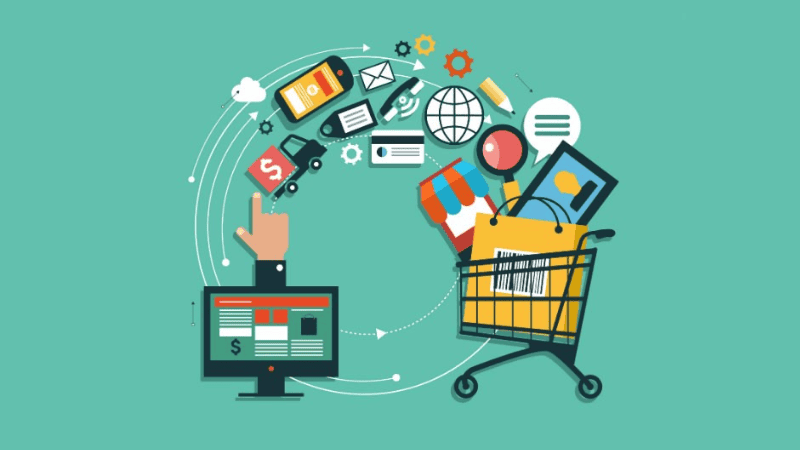
Simply put, you own the customer journey from start to finish, so you can cultivate stronger connections for business growth.
2. Your Brand, Your Rules
Unlike traditional retail channels that control how your brand is presented to consumers, the D2C model puts the reins firmly in your hands. You dictate every aspect of the brand experience, from website design to customer interactions.
This level of control allows you to ensure consistency, authenticity, and alignment with your brand values at every touchpoint.
3. More Money in Your Pocket
Since you’re selling directly to consumers, let’s say you manufacture a premium skincare product. Typically, if you sell it through traditional retail channels, you might have to set the price lower to accommodate the markup for distributors and retailers.
However, with the D2C model, each sale brings in more revenue directly to your business. This results in higher profit margins compared to selling through traditional retail channels.
4. You Respond Faster to Market Trends
The speed at which you respond to new trends may determine whether you grow or perish if you are a clothing brand that notices a sudden surge in demand for sustainable fashion.
You can swiftly design and launch a new line of eco-friendly apparel with the D2C business model. That’s not all.
Since you’re directly connected to your customers, you can gather feedback in real-time through your online channels to refine your designs based on what your audience wants. This will ensure your brand stays competitive in the modern market.
5. Sell to a Wider Market
Retail stores limit your audience to local shoppers. The direct-to-consumer model allows you to tap into new markets and expand your customer base beyond what traditional retail methods can achieve. As anyone with an internet connection can access your products, D2C opens up a world of opportunities.
Ready to Get Custom Packaging for Your Business?
start with a low minimum order quantity
5 Drawbacks of a Direct-to-Consumer Business Model
This business model is indeed a revolutionary approach that promises to transform the way companies engage with customers. But wait, if this method is so amazing, why isn’t everyone jumping on board?
Like any groundbreaking innovation, D2C comes with its own set of challenges, as you can see below.
1. Limited Reach
Even though we are living in the age of the internet, some people are not active online. Most of these people still prefer to shop through traditional retail channels. So, not having a physical retail presence makes it difficult for such customers to purchase from your brand.
Plus, the lack of physical presence also affects online buyers. Especially those who love to experience the product before purchasing. This is a challenge, particularly for product categories that require tactile experience.
2. High Customer Acquisition Costs
When you’re reaching out directly to customers, getting them to buy your products can be a bit pricey. Think about it this way:
You’re selling artisanal socks online. You’ve got to invest in ads, social media campaigns, and maybe even influencer partnerships, all to get people to notice your cozy foot warmers.
These costs add up fast, eating into your profits and making it a real challenge to manage production, especially for small brands. So, while D2C can be a fantastic way to connect with your audience, customer acquisition expenses can sometimes feel like a tough hill to climb.
This is why some brands prefer intermediaries because of their established customer relationships.
3. Distribution and Logistics Challenges
In traditional business models, you rely on intermediaries to manage distribution and logistics. However, in a direct-to-consumer (D2C) setup, this responsibility falls squarely on your shoulders.
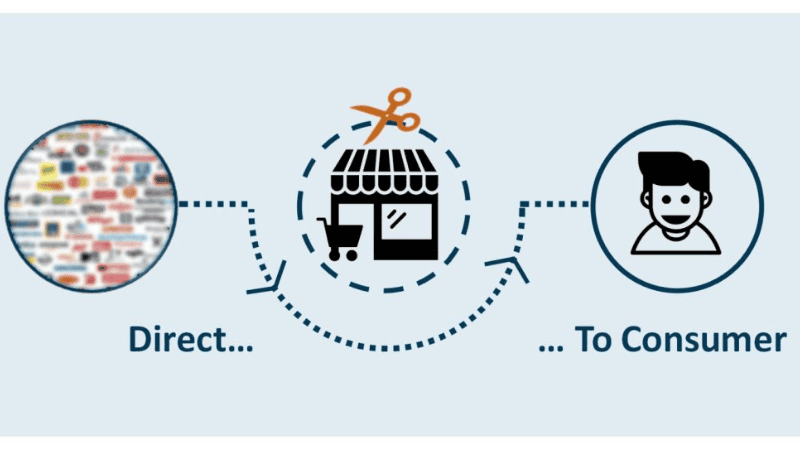
You have to set up efficient shipping networks, manage inventory, and handle returns. And you do all these while ensuring timely deliveries.
4. Customer Trust and Brand Credibility
Since you don’t have physical stores (or long-standing recognition), customers rely solely on your brand’s reputation and online presence to gauge trustworthiness.
Therefore, you have to put in the effort through communication and delivering on your promises to reassure potential buyers. This process takes time, and you have to pay the price.
5. Customer Service Demands
Exceptional customer service is non-negotiable, regardless of your business model. Your customers expect swift responses to queries, assistance with product usage, and hassle-free returns, just like traditional business models do.
And that’s why you must integrate support through any of these common channels:
- Live chat
- Email support
- Social media
- Bots
- Phone
Ready to Get Custom Packaging for Your Business?
start with a low minimum order quantity
D2C Packaging Key to Branding
This is your brand’s first handshake with your customer. It’s the slick design, the sturdy build, and the vibrant colors that scream, “You’ve made the right choice!” Since this is the first thing your customers see, touch, and feel, you have to make it count.
It must set the tone for what’s to come, signaling quality, reliability, and attention to detail. We offer affordable packaging materials. You can contact us for a sample today.
Now, take a look at why we are saying D2C packaging is the key to branding. Then we explain how to make your D2C packaging stand out.

Why Is D2C Packaging the Key to Branding?
Here are the reasons packaging is an important part of the D2C business model:
1. Makes a Good First Impression
Packaging is the ambassador that introduces your product to the world. It’s the first tangible connection your customer has with your brand. So, you should ensure it sets the stage for a lasting relationship.
Every box should become a billboard. Every parcel is a testament to your brand’s ethos.
2. Tells a Story
This is your brand’s voice. Each box, bag, or wrapper is a chapter in your story. Your packaging tells customers who you are, what you stand for, and why they should care. Therefore, take it as your chance to cultivate a beautiful relationship with your customers.
3. Makes Opening the Package Fun

Easy-to-open packaging is a convenience that also shows your commitment to customer satisfaction. Smooth opening mechanisms, intuitive design, and attention to detail all contribute to a joyful customer experience.
4. Keeps the Product Safe
While packaging offers many benefits, the main reason is to keep the product safe. Why bother making a good first impression when the goods inside are not protected?
Sturdy, well-designed packaging ensures your product arrives intact and reflects positively on your brand’s reliability. It safeguards your products against mishaps during transit and also minimizes returns due to damage. This saves you time and money.
5. Helps the Environment
Consumers today care about sustainability. This should be your selling point. Use packaging crafted from recycled materials. Or make your packaging recyclable.
This is a smart business move – studies show that consumers are more likely to choose products with eco-friendly packaging.
6. You Can Personalize the Packaging for Each Person
Because you are dealing with your customers directly in the D2C business model, packaging becomes the key to branding success. You can establish a unique and memorable experience for each customer by personalizing their packages.
Through customized packaging, you can tailor messages, include personalized notes, or even incorporate individual preferences. This attention to detail not only delights customers but also strengthens brand loyalty.
Ready to Get Custom Packaging for Your Business?
start with a low minimum order quantity
How to Make Your D2C Packaging Stand Out
The winning strategies below will help make your packaging a head-turner.
1. Use Eye-Catching Designs
Your competitors are also doing all they can to attract the same customers as you. Be creative. Packaging is one of the ways you can achieve this. Use what works.
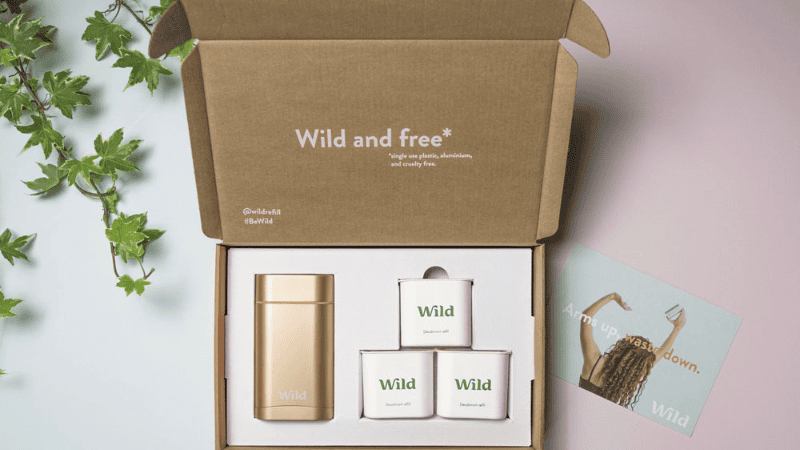
But, prioritize bold colors, striking graphics, and unique shapes to instantly grab the attention of your potential customers.
This makes your products visually appealing and also reinforces brand recognition.
2. Personalize it for Your Customers
Every customer has their own preferences and tastes. If you personalize the packaging to reflect these, then you’ll foster a deeper connection with your customer. In turn, you’ll enjoy increased brand loyalty, which often leads to repeat purchases.
3. Use Eco-Friendly Packaging

To repeat what we already mentioned: Customers today care more than ever about the planet. They’ll appreciate your commitment to reducing waste.
When your business opts for recycled cardboard, biodegradable plastics, or other sustainable materials, you are boosting your brand’s appeal to environment-conscious customers.
4. Make it Interactive
Interactive packaging sets you apart from competitors and strengthens customer loyalty. For example:
Include a QR code that directs customers to a digital experience, such as a behind-the-scenes video or a virtual try-on feature. This not only engages your customers but also creates memorable brand experiences.
5. Change it up Sometimes
Why stick to something that’s not working? Spice up your D2C packaging to stand out! Changing up your packaging design sometimes injects freshness into your brand, catching the eye of potential customers.
To do this:
Experiment with colors, shapes, or even packaging materials. This simple switch can make a big impact on your brand perception. It also keeps your audience engaged and excited.
Don’t be afraid to shake things up – it’s a surefire way to boost your business and leave a lasting impression on your customers. And if it fails, try something else.
6. Keep it Consistent
Stick to the packaging design that works. When your packaging looks the same each time customers receive it, they know exactly what to expect from your brand. This familiarity creates a sense of reliability, making customers more likely to choose your products over competitors.
Ready to Get Custom Packaging for Your Business?
start with a low minimum order quantity
D2C Examples: 3 Successful Direct-to-Consumer Brands
The best way to understand the Direct-to-Consumer model is through brands that have successfully executed it. Here are three of the most popular D2C brands:
1. Warby Parker
Since its inception in 2010, Warby Parker has been a towering presence in the eyewear industry. They rely on an innovative Direct-to-Consumer (D2C) model to give their customers the best eyewear shopping experience.
Cutting out the middleman allows them to offer high-quality eyewear at affordable prices. However, what makes Warby Parker one of the best in the industry is their commitment to solving a common pain point in online eyewear shopping:
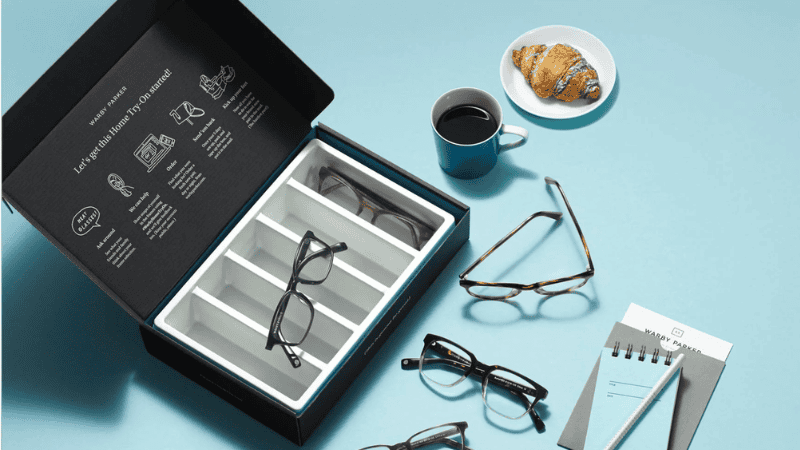
The inability to try on glasses before purchasing.
For this reason, their try-on program remains a stroke of genius. It recognizes that people often need to physically try on glasses to find the perfect pair. This innovative solution bridges the gap between online convenience and in-store experience, empowering customers to make informed decisions from the comfort of their homes.
But Warby Parker doesn’t stop there. In keeping with their dedication to customer satisfaction, they have introduced virtual try-on technology, further enhancing the shopping experience. Now, customers can virtually try on glasses using their smartphone or computer camera, bringing the showroom directly to their screens.
Much of Warby Parker’s success can be attributed to their savvy direct-to-consumer marketing strategies. They have expanded their reach and cultivated a strong brand presence by forming strategic partnerships with other brands.
Their innovative marketing approach extends to social media, where they encourage customers to share their Warby Parker experience using the #WarbyHomeTryOn hashtag. This not only generates buzz but also fosters a sense of community among their followers.
Also:
Their focus on customer engagement sets them apart. Rather than forcing customers to wade through endless options, Warby Parker simplifies the process with a series of quizzes that help narrow down choices in minutes. Today, Warby Parker is valued at over 3 billion US dollars. This shows the power of the D2C model when done right.
2. Dollar Shave Club
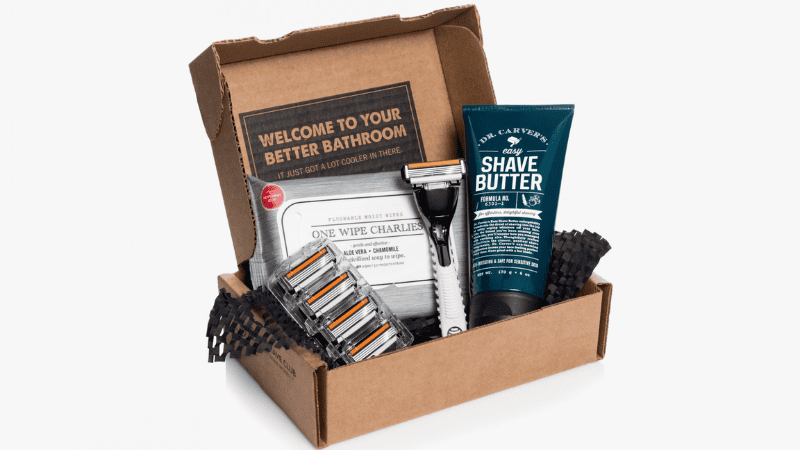
This is a tale of innovation, disruption, and remarkable business success. Dollar Shave Club’s marketing is so ahead of its time that, at one point, it forced established razor blade brands like Gillette to lower prices to stay in the market.
The company’s iconic launch video, featuring founder Michael Dubin delivering a witty monologue while strolling through the company’s warehouse, went viral and instantly captured the attention of millions. Here is the video if you haven’t watched it.
Their subscription-based model further solidified their position in the market. It offered convenient monthly deliveries of razor blades and other grooming products.
3. Casper
Casper is also a shining example of the direct-to-consumer (D2C) model in action. They imagined a world where getting a good night’s sleep is not just a dream but a reality. Then, they made high-quality sleep accessible to everyone.
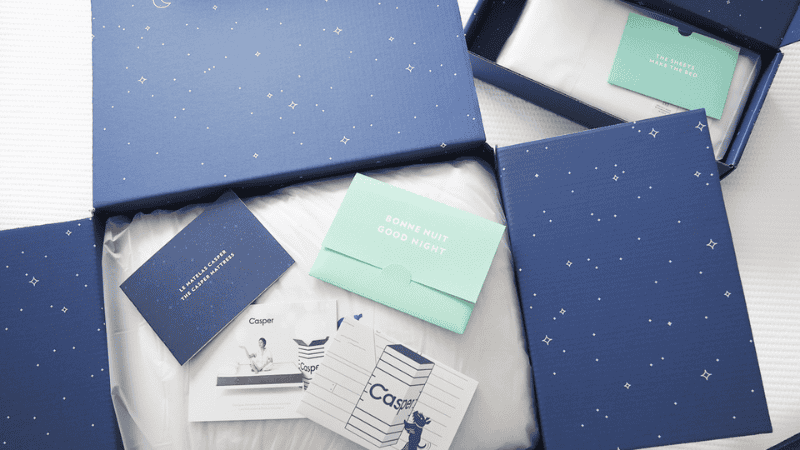
You see, Casper recognized a common problem: traditional mattress shopping was a nightmare. Customers had to navigate confusing showrooms, deal with pushy salespeople, and endure the hassle of delivery and setup. But Casper said, “No more!” They disrupted the industry by offering premium mattresses online.
Perhaps the reason they grew from scratch to over 1 billion US dollars in valuation in 5 years was because of their commitment to quality and innovation.
Ready to Get Custom Packaging for Your Business?
start with a low minimum order quantity
What Can Businesses Learn from Successful D2C Companies?
These tips can help businesses (including yours) improve direct-to-consumer sales, just like we saw in the 3 case studies above.
1. Take Care of Your Customer First
You should focus on delivering exceptional customer experiences to build loyal followings and differentiate yourself from competitors.
These D2C brands prioritized the needs and preferences of their customers above all else. They listened to their audience, understood their pain points, and tailored their products and services accordingly.
2. Focus on Brand Identity and Brand Storytelling
Successful D2C brands understand the power of storytelling and branding. They crafted compelling narratives around their products to connect with their target audience on a deeper level. If you build a strong brand identity, you attract customers and also foster emotional connections that keep them coming back for more.
3. Transparency and Trust
These brands were transparent about their pricing, product quality, and business practices, earning the trust of consumers in the process. You’ll instill confidence in your audience and cultivate long-term relationships built on trust and integrity when you are honest.
How to Start a Direct-to-Consumer Business Model
This is a guide for anyone who wants to start a D2C brand. We have highlighted the key steps to help you start your brand from scratch. You can also use this information to grow your business.
1. Market Research and Product Selection
You need a solid plan to jump into the D2C business. If you kickstart without doing the groundwork, then you are setting yourself up for failure.
So:
- Identify a product that has the potential for growth
- Know your target audience–learn their preferences, pain points, or even buying habits
This will ensure your products meet customers’ needs, setting your business for success.
2. Develop Your Product
Since you now understand your potential customers’ needs and preferences, it’s time to develop your product. While making your products, focus on:
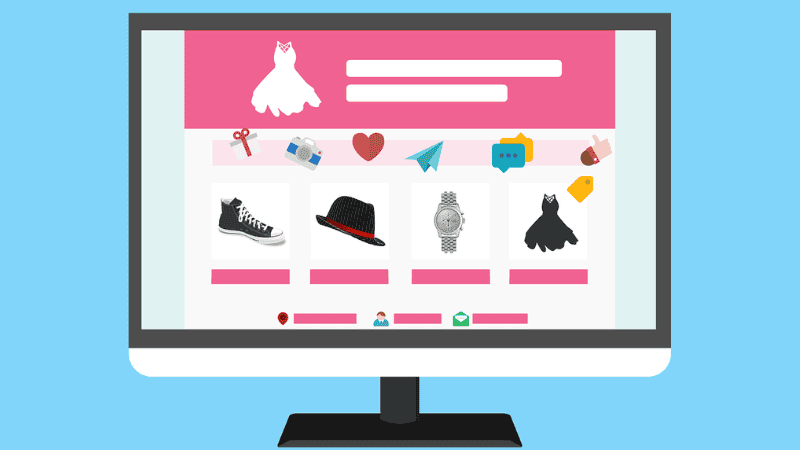
- Quality
- Unique selling propositions to set it apart from others in the market
- Let a small batch of customers test your product. Then use the feedback to make it even better.
3. Customize Your Product Packaging
After confirming your product, the next step is to design the packaging. Customize excellent packaging for your product to leave a good impression on customers and build your brand image.
From the three examples mentioned above, you can see how important packaging is. Customize the packaging to suit the product, protect the product from damage in transit, and show the customer that you are serious about the product.
Customize beautiful product packaging boxes to give customers a good unpacking experience.
4. Build an Online Presence
You’ll be selling online, so you need to be out there in the digital world to interact with potential customers.
- Create or have a professional website created for you to showcase your products. It should reflect your brand. Also, incorporate e-commerce platforms to reach more people.
- Invest in high-quality photography and compelling copywriting to capture your customers’ attention.
- Use Facebook, Instagram, and other social media platforms to engage your audience.
- Nurture and convert leads into paying customers with email marketing.
An online presence expands your brand’s reach and also makes your audience trust you.
5. Implement Customer Acquisition Strategies
Most D2C brands use tactics such as search engine optimization (SEO), pay-per-click (PPC) advertising, and social media marketing to drive traffic to their websites. You can choose one or use all three options in combination with referral programs to get customers and realize their lifetime value. Of course, this comes at a cost.
6. Plan Your Distribution Strategy
Unlike traditional business models, you are solely responsible for getting your products to your customers. But there are two ways you can tackle this;
- You can decide to handle fulfillment in-house. Or…
- Outsource logistics to third-party logistics (3PL).
Either way, optimize your supply chain to ensure your customers get products on time.
7. Provide Excellent Customer Service

An online business needs top-notch customer support just like you get at your local retail store. You can choose to offer support through live chat, email, or phone support. But most brands use all of these methods to respond promptly to queries.
8. Monitor and Analyze Performance
It’s nearly impossible to grow when you don’t know how you are performing. Key performance indicators like website traffic, conversion rate, and customer acquisition cost, among others, will help you know where to improve. You can use analytics tools to get these insights and adjust your strategies.
These steps will help you stand out from competitors. But don’t stop learning and don’t stick to what doesn’t work.
Ready to Get Custom Packaging for Your Business?
start with a low minimum order quantity
Conclusion
Direct-to-consumer is a business model that places you in control of the entire customer journey. You sell directly to customers and enjoy benefits such as:
- Exclusive access to customer data
- Adapt to market demands faster
- Maximize profits
If you’re selling through D2C, meaning directly to consumers, you’ll need to work smart to attract customers. That’s where packaging gives you an edge over your competitors. And we have a solution for you.
Make Your D2C Brand Stand Out With Packaging from Packoi
We offer personalized packaging that reflects your brand’s identity. You can choose from custom designs, vibrant colors, or eco-friendly options, and we will deliver.
Invest in your brand’s success today with custom packaging solutions from Packoi. Let our expertise in packaging design and manufacturing help your D2C brand stand out from the competition.
Contact us now to discuss how we can elevate your packaging game and leave a lasting impression on your customers!


